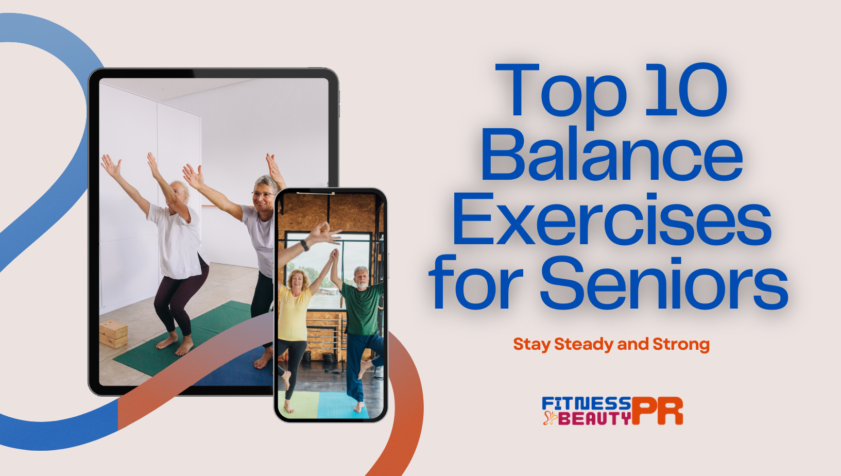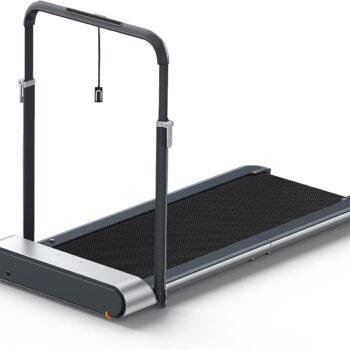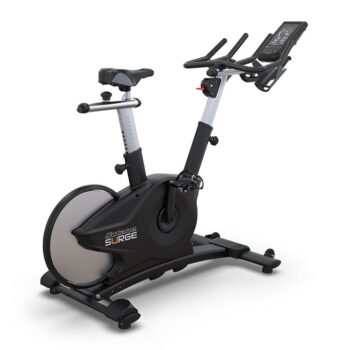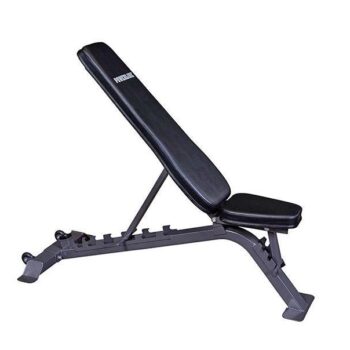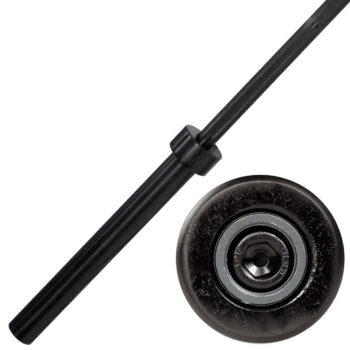Improving balance is crucial for seniors to prevent falls and maintain independence. This guide highlights the top ten balance exercises for seniors at home, designed to strengthen your stability with no gym required. Start cultivating a safer, more active lifestyle from the comfort of your living room.
Key Takeaways
-
Static balance exercises build a sturdy foundation for seniors, enhancing leg and core muscle strength, coordination, and stability, with balance exercise such as Standing with Feet Together, Tandem Stance Variation, and Heel-to-Toe Walk recommended 2 to 3 times per week.
-
Dynamic balance and strength exercises introduce movement and further challenge balance training by enhancing side-to-side stability and strengthening muscles, with practice recommended three times weekly and integration of props like chairs and balance pads for added challenge.
-
Whole-body balance exercises engage multiple muscle groups and improve overall coordination, combined with static and dynamic forms of balance training to contribute to seniors’ physical well-being, psychological health, and independence through regular practice.
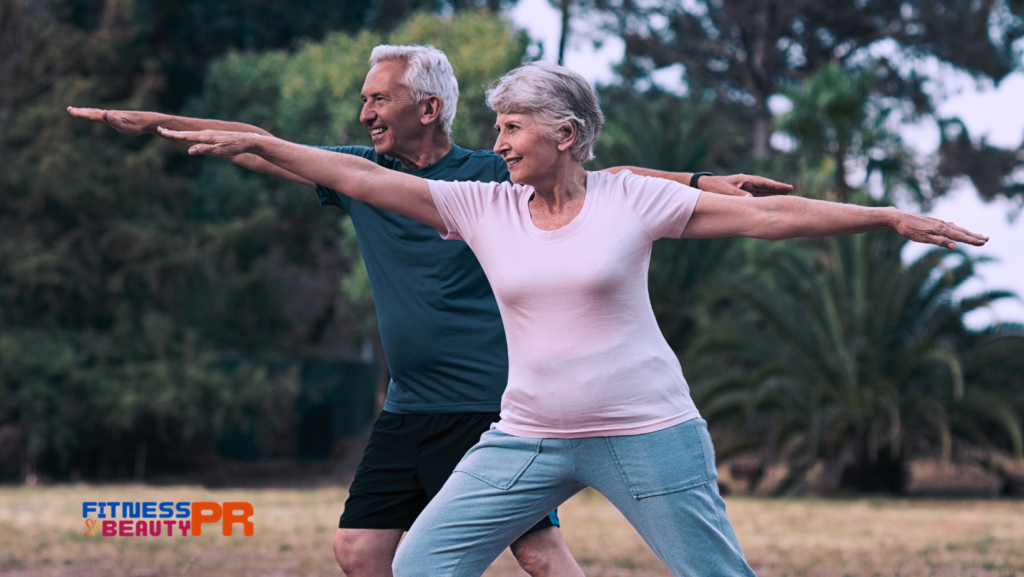
Static Balance Exercises for Seniors
Static balance exercises are an essential component of any effective program for seniors. These exercises focus on developing a strong base and enhancing stability while standing still, making them particularly beneficial for improving balance in older adults. By incorporating the right mix of balance and strength exercises, seniors can maintain their independence, reduce their risk of falling, and enhance proprioception – which is the body’s ability to sense its position, movements, and actions.
Various static balance exercises offer numerous advantages, such as Standing with Feet Together exercise, Tandem Stance Variation, and Heel-to-Toe Walk. These types of workouts engage leg muscles along with core strengthening components to improve coordination, balance-related mobility measures, and overall stability. Seniors should aim to practice single leg balance 2-3 times per week in order to see significant improvements in these areas.
Seniors are advised not only to practice but also to incorporate a variety of best recommended sets of filter skills like Static Balance Exercises to Heighten Full Concentration and maintain good posture and flexibility from the Beginners Level. Our Superior Recommendation – Regular Simple Stretching Exercises at Home or Outdoors cover Freshness, Flexibility, Safety, and Light Muscles.
Standing with Feet Together
The Standing with Feet Together exercise is a simple yet highly effective way to improve balance. It offers numerous benefits, including increasing self-confidence in balancing abilities, reducing the fear of falling, and enhancing walking speed and overall physical function. To perform this exercise correctly, stand with your feet parallel while slightly turning your toes inward for support and try to maintain balance for up to two minutes.
Proper form during this exercise is essential for reaping its full rewards. Avoid common mistakes such as not keeping the feet aligned or failing to turn the toes inwards properly. Gradually increase time spent standing on one leg can also help improve balance.
This straightforward activity goes beyond simply standing on both left leg and right leg. It engages core muscles while strengthening those in the legs and improving proprioception – our ability to navigate surroundings effectively.
With consistent practice, you’ll see increased confidence when it comes to stability skills along with less anxiety about potential falls, which are crucial factors if looking forward to preserving independence later in life’s journey.
Tandem Stance Variation
The Tandem Stance Variation is a powerful exercise that focuses on improving balance, fitness and strength, reducing discomfort, and enhancing overall movement and well-being. For safety purposes, stand near a chair while performing this exercise with one foot placed directly in front of the other.
This workout can be modified for seniors of different fitness levels by adjusting the level of difficulty through changes in base support (e.g., using a tandem stance or placing one foot ahead). Before beginning this routine, seniors must ensure they are comfortable and safe in their starting position – especially those with unstable medical conditions or restrictions related to pain or neuromuscular disorders.
To be an effective balance exercise, the Tandem Stance Variation also improves stability and mobility necessary for everyday tasks. When incorporated into a comprehensive balance program specifically designed for seniors’ needs, this workout can have significant benefits on quality of life by promoting greater stability overall.
Heel-to-Toe Walk
The Heel-to-Toe Walk is a simple yet effective exercise that can have a significant impact on the static balance of seniors. It focuses on strengthening the legs and improving balance by requiring individuals to concentrate on keeping their center of gravity over their ankles while mimicking forward movement. This activity involves starting with the left foot, then switching to the right foot, walking in a straight line for 20-30 steps with one heel placed directly in front of the toes of the other leg.
Performing this exercise engages various muscles such as those found in calves, feet extensors, including the Extensor Digitorum Longus and Hallucis Longus, Peroneus Tertius, and Tibialis Anterior. These muscles play an important role in stabilizing and propelling our bodies during walking.
It is recommended that seniors avoid certain mistakes when doing this exercise to ensure its effectiveness.
-
Wearing improper footwear,
-
Carrying heavy bags or items only using one shoulder,
-
Taking too large strides,
-
Hunching forward unnaturally,
-
Slapping your feet loudly against the ground.
These errors may lead to imbalances or falls, which could diminish results from performing this workout regularly, according to recommendations provided by physical therapists.
To achieve optimal outcomes from this particular routine, it’s crucial to maintain proper form and remain consistent in practicing it. This will help improve overall balance, reducethe possibility of falling, and enhance mobilityas advised by experts like physical therapists who highly recommend strengthening legs muscles and promoting better stability during daily activities like standing up or moving around with ease.It not only targets legs, but also engages other lower body parts including calf muscles to keep them strong and supportive. Without a doubt, this is a beneficial exercise suitable for seniors looking to stay active, maintain healthy function, and minimize potential risks associated with age-related imperfections.As long as they follow the detailed instructions and focus on form, it can be a useful addition to their daily routine.
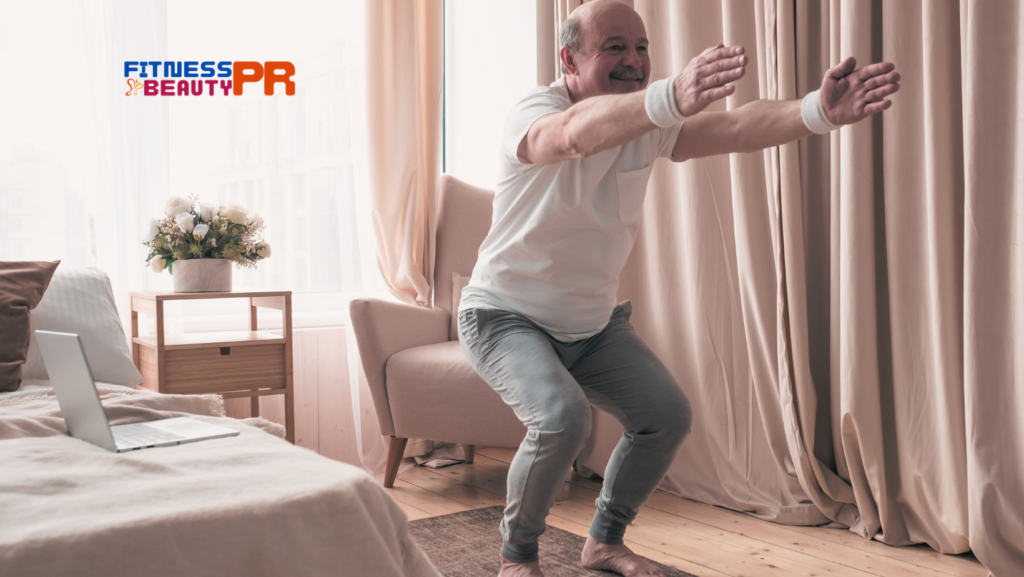
Dynamic Balance and Strength Exercises for Seniors
Dynamic balance exercises are a great way to challenge and improve one’s balance. These exercises involve movement, making them particularly beneficial for daily activities as they help enhance side-to-side stability, strengthen neck muscles, counter the natural decline in balance ability that comes with aging and improve both static and dynamic stability in older adults.
To ensure proper stability during these exercises, it is recommended to use objects such as balance cushions or unstable surfaces. A good starting point for beginners would be lifting one leg out to the side while slightly leaning towards the opposite direction. It is important to maintain feet hip width apart throughout these movements in order to achieve optimal balance performance improvement and reduce the risk of hip fractures.
For seniors looking to see significant improvements in their overall sense of equilibrium, incorporating dynamic balance exercises into their weekly routine at least three times per week can yield positive results over time.
Side Left Leg and Right Leg Raises
Side Leg Raises are an excellent exercise for elderly individuals as they help to enhance balance, promote hip stability and mobility, and strengthen the hips, thighs, and buttocks. These muscles play a crucial role in maintaining proper posture during daily activities.
To perform this beneficial exercise for seniors simply stand upright with support from a chair and raise one leg outwards then lower it back down. Repeating this movement 10-15 times on each side will yield optimal results if done consistently. This activity is essential to incorporate into any well-rounded balance exercise program that aims at improving overall strength.
This particular workout targets three critical muscle groups. Gluteus maximus, medius & minimus aid in hip stabilization thereby preventing falls among senior citizens making Side Leg Raises a valuable addition to their routine exercises aimed at enhancing stability.
Marching in Place
An effective balance exercise for seniors is Marching in Place, which offers a wide range of benefits. This form of exercise helps with burning calories and can easily be incorporated into busy schedules. It also improves cardiovascular health, strengthens leg muscles, and reduces the risk of certain health issues. To perform this exercise correctly, stand straight with arms bent at 90 degrees while keeping feet hip-width apart. Lift one knee while simultaneously moving the opposite elbow forward before returning to starting position.
This particular activity targets various lower body muscle groups including hip flexors, glutes, quadriceps, hamstrings, calf muscles, and hip adductors. Moreover, it contributes towards improving core stability.
Safety should always be prioritized when performing any physical activity like ‘Marching in Place.’’ Seniors are advised to swing their arms from side to side as they do this routine since it aids in calorie burn rate elevation and boosts heart rate Additionally, they may hold onto stable objects such as counters for support if necessary.
For those who have limited mobility or prefer seated exercises, alternatively these routines below could prove useful.
-
Seated marching
-
Chair yoga
-
Resistance band exercises,
-
Seated leg lifts
-
Arm raises
-
Ankle circles
-
Toe taps
-
Seated rowing
-
Wall push-ups
Toe and Heel Lifts
Toe and heel lifts are easy yet beneficial exercises that can boost balance by strengthening the ankles and shins. This, in turn, helps stabilize the body during everyday activities like standing, walking, running, or jumping. To perform this exercise:
1.Start off by standing tall while holding onto a chair for support.
2.Raise both feet’s toes off the ground and then lower them back down. Repeat 10-15 times.
3.Switch to lifting your heels instead and do the same number of repetitions.
Consistent practice is crucial for optimal results.
Senior citizens should prioritize their safety when performing these exercises.
- Hold onto a stable surface for better balance
- Incorporate regular toe raises into foot care routines
- Make use of a chair to elevate their heels during heel lifts
By incorporating these simple but effective exercises regularly seniors can significantly improve balance, which will help prevent falls, reducing accident risks.
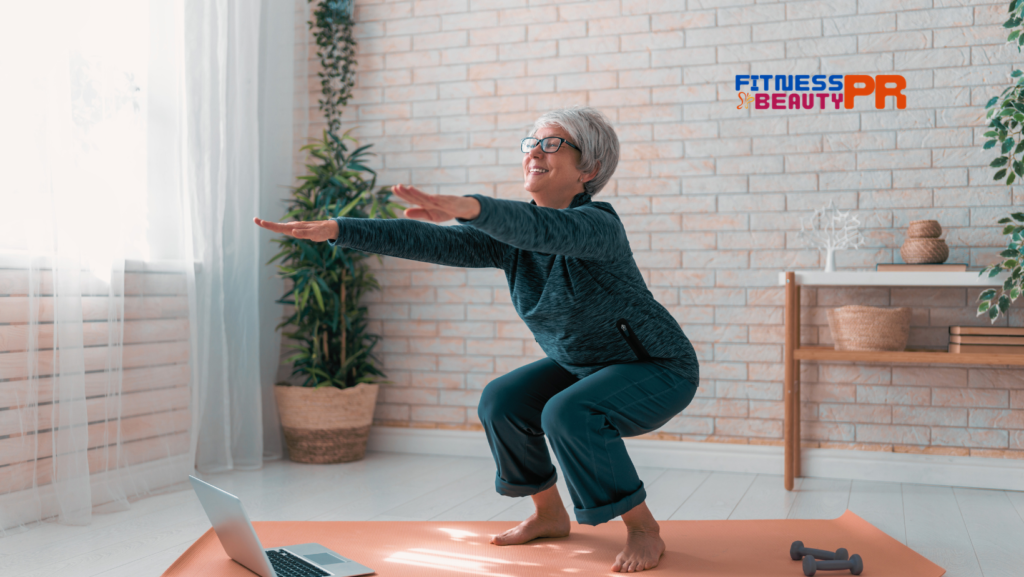
Whole-Body Balance Exercise for Seniors
Exercises that involve the whole body are beneficial in improving balance and coordination. These activities, such as Sit-to-Stand Squats, Grapevine Steps, and Stepping Over Imaginary Objects, can help maintain lower-body strength while also promoting overall stability and mobility.
Seniors can greatly benefit from these exercises as they provide a well-rounded workout to not only enhance balance but also strengthen muscles for better physical health. With regular practice of these movements, seniors may experience improved equilibrium, which contributes to their overall wellbeing. So let’s take a closer look at each exercise and its role in promoting balance among older individuals.
Sit-to-Stand Squats
Sit-to-Stand Squats are an effective exercise for seniors to improve balance and maintain lower-body strength, promoting overall stability, mobility and better body equilibrium. To perform this routine:
-
Begin by being seated.
-
Slowly rise up.
-
Sit back down.
-
Continue 10-15 repetitions.
To achieve optimal results from sit-to-stand squats, it is important to incorporate them regularly into your workout regimen.
During the execution of sit-to-stand squats in a safe manner.
- Ensure gradual descent onto the surface while focusing on utilizing leg muscles.
- If necessary use your hands for additional support
- Position hips at the edge of a chair with toes aligned with knees
- To ensure stability during the activity slightly lean forward.
Grapevine Step
The Grapevine Step is a beneficial exercise for seniors as it improves balance, coordination and stability. To start, stand with your legs hip-width apart and step right leg to the side followed by crossing the left leg in front of the right.
This workout targets various muscle groups including those in the lower body such as left leg, core and upper body thanks to its arm movements. Caution should be taken to ensure enough space for lateral movement without crossing feet during this sideways stepping motion.
For individuals who may find this exercise challenging, there are modifications available like grapevine (cross) steps which can make movement easier or utilizing rehabilitation exercises that target specifically on improving balance, coordination and stability through grapevines.
Seniors looking for an added challenge while performing grapevine steps can gradually increase difficulty over time starting from small steps until they have built their confidence and improved their balance sufficiently before moving onto larger ones.
Stepping Over Imaginary Objects
An effective way to improve balance, spatial awareness, and leg strength in senior citizens is by practicing Stepping Over Imaginary Objects. This unique exercise involves pretending there are small objects on the ground and stepping over them while keeping the knees lifted and maintaining balance. It is recommended to repeat this movement for 1-2 minutes.
To make this exercise more challenging for seniors who have mastered it, they can incorporate additional movements, such as rotating their heads while performing the steps to test coordination. They may also try doing the exercise on a single leg balance instead of both legs at once to increase muscle strength or add pivoting motions with their feet, which add an extra element of balancing difficulty.
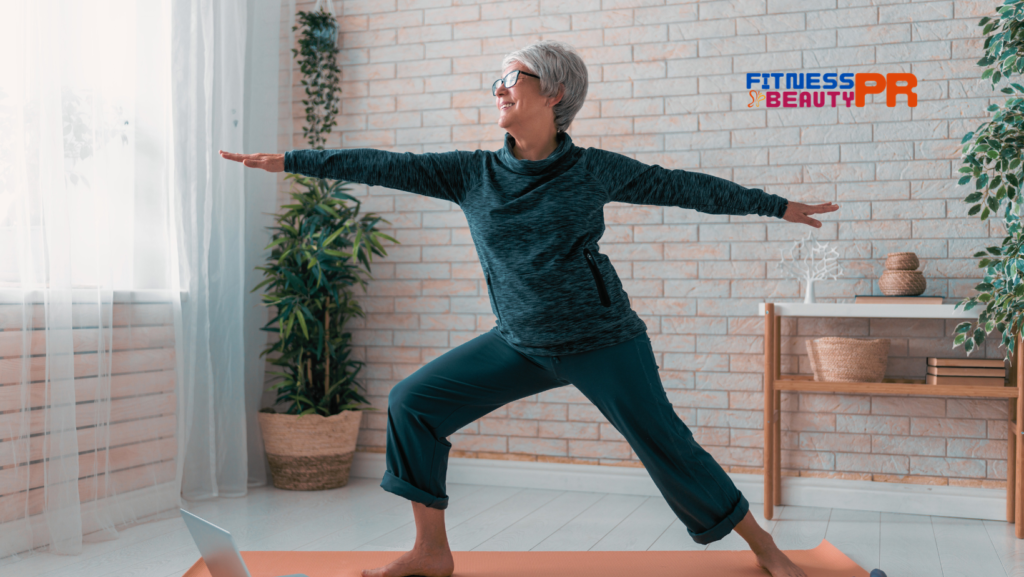
Best Balance Exercises with Props
Integrating props into best balance exercises can bring diversity and an added level of challenge. Common household objects such as chairs, stools, balance pads, and stability balls are useful for this purpose.
Incorporating these props can heighten the difficulty of balance exercises while also assisting with mobility and achieving better overall equilibrium.
From balancing on a pillow to performing the Broomstick Pass exercise, using props adds excitement to traditional balance workouts by making them more engaging and beneficial. Let’s take a closer look at how these particular moves are executed.
Balancing on a Pillow
An effective method for improving stability and reducing the risk of falls in seniors is through exercising the muscles involved in balance. Balancing on a folded pillow or cushion with one foot while holding onto a chair can enhance coordination and promote better equilibrium, with each side being challenged for up to 1 minute.
For those seeking an added challenge, increasing difficulty levels can be achieved by incorporating additional elements such as foam padding or closing their eyes during this exercise. To intensify their routine, they may also include movements like squats, donkey kicks, elbow planks, lunges, knee raises, and tri-point planks into their wobble cushion balancing exercises.
Broomstick Pass
The Broomstick Pass is a beneficial exercise that promotes trunk stability, balance while sitting and standing, as well as muscle coordination. It is designed to improve core strength and flexibility.
To perform the Broomstick Pass:
-
Begin by sitting down with a broomstick held horizontally in both hands.
-
Slowly lift the broomstick above your head.
-
Maintain straight arms and engage your core muscles as you pass the stick behind you.
Seniors should take caution not to overexert themselves or strain their wrists during this exercise if they lack sufficient stamina or experience discomfort when bending them backward. Gradually increasing intensity levels and maintaining neutral wrist positioning can help reduce stress on these joints.
Suppose the standard version of the Broomstick Pass proves too challenging for some individuals. In that case, modifications can be made such as using a lighter weight stick or performing it while seated instead of standing upright.”
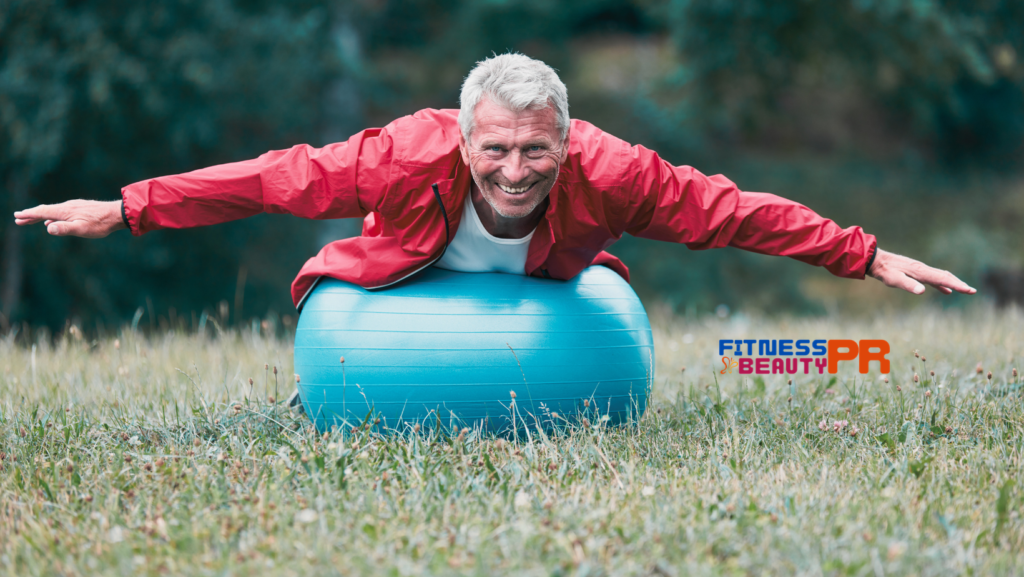
Tips for Safe and Effective Balance Training
The main focus in balance training is on ensuring safety and maintaining correct form. Keeping proper form during balance exercises can lead to the following benefits: increased self-confidence when it comes to avoiding falls, reduced fear of falling, improved stability, enhanced functional abilities, as well as better postural control and overall stability.
Before starting any static or dynamic balancing routines that involve the entire body, it’s important to warm up with stretches beforehand and cool down afterward. Certain movements like rocking back and forth (known as “rocking the boat”), walking along an imaginary tightrope (“tightrope walk”), standing on one leg while mimicking a flamingo (“flamingo stand”) or performing yoga’s tree pose should be done carefully. For older individuals who may feel more comfortable with added support from a chair or wall, for example, should take care of striking shoulder-width stances if they choose seated options over standing poses due to discomfort or concerns about their ability level.
In order avoid common errors related specifically to balance training involves making sure seniors prioritize activities such as stance-based upstanding work and reducing gradual reliance on being constantly propped against so let us reduce reliance in moving towards our center gravity-efforts need to be concentrated on mastering enduring skills concentrating In order to avoid common errors related to balance training, seniors must prioritize activities such as stance-based upstanding work and gradually reduce reliance on being constantly propped against something. Efforts need to be concentrated on mastering enduring skills and focusing on moving towards our center of gravity.

The Benefits of Balance Exercises for Seniors
Engaging in balance exercises offers numerous advantages for seniors, including fall prevention and improved mobility as well as a boost in confidence. These types of workouts help to strengthen muscles and improve postural balance, reducing the chances of falling by 37% for minor injuries and 43% for serious ones.
To physical benefits, there are also psychological benefits associated with practicing balance exercises. They can promote better equilibrium, stability, and movement, which decreases the risk of falls while potentially increasing blood flow to the brain – leading to potential protection against cognitive decline. This ultimately leads seniors to feel more confident and independent, which is crucial for maintaining a high quality of life during later years.
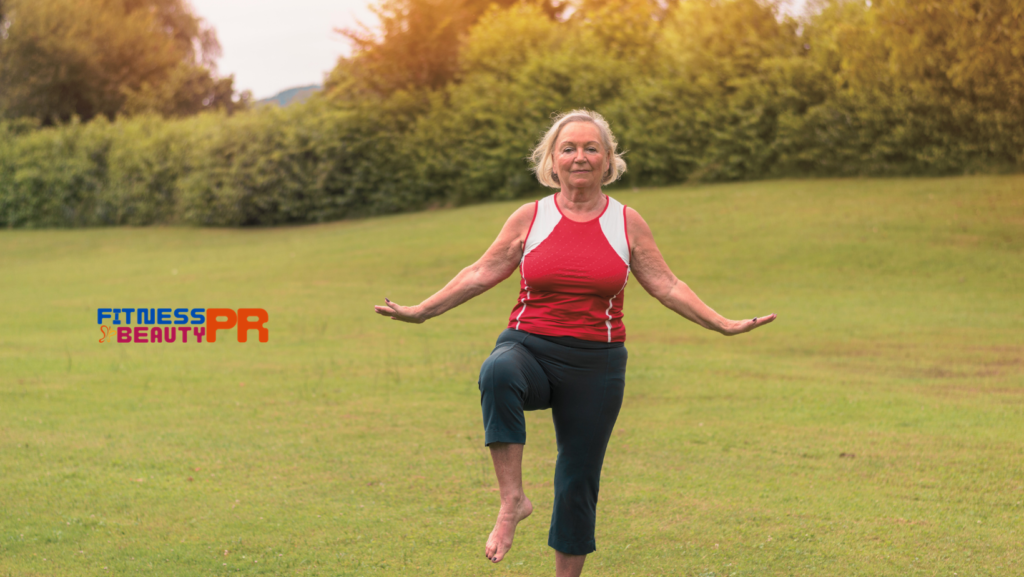
How to Incorporate Balance Exercises into a Weekly Routine
Incorporating balance exercises into a regular fitness regimen can be straightforward. It is recommended for seniors to include balance exercises three times per week for optimal results, although they may also choose to do them daily if desired. It is advised that strength training be incorporated twice per week into the routine of balance exercises. To ensure effectiveness, each session should span over a period of at least three months.
Within one exercise session itself, integrating balance exercises with both strength and flexibility routines can easily provide an all-encompassing workout targeting various aspects of physical health. This approach makes it easier for seniors to maintain consistency in their exercise habits.
To sum up, incorporating balance exercises into their fitness routine can bring numerous advantages to seniors. These range from physical enhancements like improved stability and mobility to psychological benefits such as increased self-assurance and independence. There is a wide variety of balance exercises available, including static, dynamic, whole-body movements or those utilizing props. By practicing with proper form and taking safety precautions while maintaining a consistent workout schedule, seniors have the potential to significantly enhance both their balance abilities and overall quality of life.
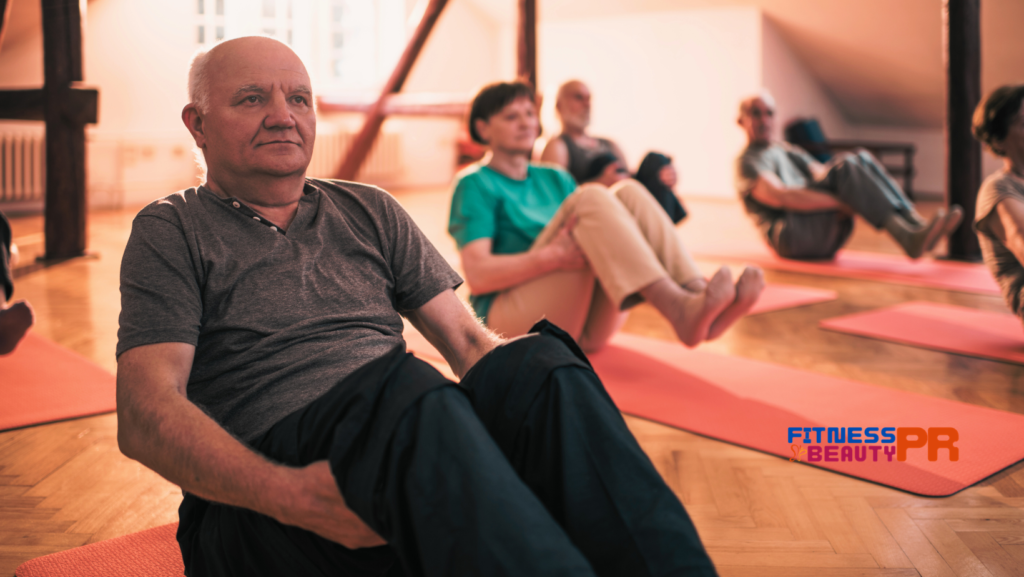
Frequently Asked Questions
What is the best exercise to improve balance in elderly?
The most effective way for older individuals to enhance their balance is through the feet-apart exercise. This involves standing with your feet at a shoulder width distance and holding that position steadily for 10-30 seconds, gradually minimizing any swaying or need for support.
How can I regain my balance as I age?
As you get older, it is important to focus on regaining your balance. One way to do this is by practicing exercises such as standing on one foot, walking heel-to-toe and doing heel raises. These activities can help challenge and improve your equilibrium.
It’s essential to incorporate these types of exercises into your daily routine in order to maintain or even enhance stability. By regularly engaging in them, you are working towards improving the strength and coordination of the muscles in your feet that contribute significantly towards maintaining a healthy foot.
Does walking improve balance in elderly?
Walking is an effective way to improve balance in older adults as it can help strengthen the lower-body muscles, enhance coordination, and decrease the likelihood of falls. In addition to regular walking, incorporating targeted exercises for balance into one’s daily routine can boost stability. These exercises specifically focus on improving balance and should be added alongside walking for optimal results.
How often should seniors do balance exercises?
According to the World Health Organization, it is important for seniors to engage in balance exercises at least three times a week in order to decrease their chances of falling. These types of exercises can consist of maintaining positions for 10-30 seconds with five repetitions and should be done twice per day.
Why are balance exercises important for seniors?
The importance of incorporating balance exercises into a senior’s routine cannot be overstated. Not only do these exercises promote independence, but they also minimize the likelihood of falls and enhance stability and mobility. Consistent engagement in such activities can have significant positive impacts on seniors’ overall health.
Explore Home Gym Equipment
-
SAMSUNG Galaxy Watch 4 – Fitness Smartwatch
$199.99Original price was: $199.99.$169.99Current price is: $169.99. -
Hyperwear Softbell Home Gym Set
$249.99 -
KingSmith WalkingPad R1 Pro: Essential Home Gym Foldable Treadmill & Walking Pad
$649.00Original price was: $649.00.$584.10Current price is: $584.10. -
Garmin Venu 2S GPS Smartwatch
$399.99Original price was: $399.99.$299.99Current price is: $299.99. -
Suunto Core Sports Watch
$219.00Original price was: $219.00.$140.31Current price is: $140.31. -
Fitness Factory Octane Surge Indoor Cycle
$2,799.00Original price was: $2,799.00.$2,499.00Current price is: $2,499.00.

